A Week Thinking About the Power of Making Art.
In 1938, Ansel Adams published a book of images of Kings Canyon he titled Sierra Nevada: The John Muir Trail. The book itself was 17 inches tall and over 2 inches thick. The photographs were photoengraved and individually mounted into each of the 500 copies. So moved by this book, and Ansel’s steadfast resolution to protect future Kings Canyon, Secretary of the Interior Harold Ickes walked the book over to the White House and placed it in front of Franklin D. Roosevelt, who refused to give it back, and two years later Kings Canyon National Park became law.
Last week I suggested to a dear friend, and one of my favorite photographers, a photo assignment. She was visiting the Santa Ynez Valley in Southern California. I sent her up into the Figueroa Mountains along a windy, looping road. Twenty years ago, when I was going to school in Santa Barbara, I’d disappear up into these mountains in a kind of creative delirium. No cell phone, a battered old truck, a bag of film and the dry mediterranean oaks. So last week I asked her to turn off her phone and the news and just be in the open air and expansive landscape with nothing more than her camera, the open road, and her feelings. I asked for three images and her thoughts. That last one, she told me after, has been the hardest. It always is.
It’s the middle of winter, 1941. Pablo Picasso is living in the Left Bank in Paris. The Third Reich owns Europe. Every so often the Gestapo marches in, fussing about degenerate art. On one of these visits, one of these young visitors notices some postcards laying about. On them is the image of Guernica, the wall-sized painting Picasso had done in response to the Luftwaffe’s brutal destruction of the Spanish town Guernica during the Spanish Civil War. Looking at the postcards laying about, one of them asks, Did you do this? No, Picasso says, you did. Sixty-two years later on February 5, 2003 a full-size 11x25 foot replica that hangs in the United Nations building in New York was covered up. The occasion? It was the day former U.S. Secretary of State Colin Powell gave a speech in favor of the U.S. going to war in Iraq.
Last week, I scanned a negative I photographed over the summer along the high eastern edge of Kings Canyon National Park. After I edited the image I sent it to several close friends. The responses I received were deep and personal and unexpected. Serene. This is how I feel. Ominous and yet peaceful. Calming. Beautiful. I needed this today. When I photographed this image, I was standing on a rocky outcrop overlooking a lake in the fading evening light. The sun had long set and I could barely see the distant mountains in the viewfinder. The evening was still like it usually is after sunset in the Sierra. But above me, at the top of a small waterfall and out of sight, was an animal softly crying. A high pitched mewing, lonely, scared, a child’s cry. Over and over it wailed. I could only hear it, I couldn’t see it.
In wine soaked madness a young man writes a treatise on the discovery of self and finding ‘it’ in a derisive reaction to the American landscape of the 1950’s. Kerouac embraced a bohemian, impulsive creativity and drove out onto the open road. He and his ragtag cohorts bashed their intellectual hedonism against the walls of conformity while birthing a future movement in the city by the bay where love and acceptance and liberation lay waiting. Of course, that was not their intent, but what of it man.
Last week I attended a local meetup of fellow creative professionals. Someone gave a short talk on pairing generative AI with photography. He spoke about it being just another photographic tool. If art is a product of human emotion then its creation must come from human experience, from human struggle, from the bizarre and the weird and the uncomfortable. There is danger in surrendering to the bland amalgamation of pattern recognition and whatever art the computer algorithm pulls from. It’s a move to the creative middle. We see it in other forms all around us from the generic architecture of outdoor mall spaces in any American city to the polished concrete and bare wood of most coffee shops. And where in this safe, beige soup is the drunken admonishment of cultural normality that gave us On the Road. Where is Sojourner Truth’s extemporaneously spoken “Ain’t I a Woman”. Where is the grotesque disfigurement of slaughtered horses and burning people that gave us Guernica. The world of Earthsea cannot be created with prompts, nor the sublime texture of a Mary Oliver poem. Art requires being present, living breathing present. Art requires a vital questioning of self, of authority, of humanity to move the world.
Art also often reflects the world in which it’s created. And perhaps my reaction to AI created work is simply a reflection of our time. Maybe. But I also think in the deepest moments of cultural tumult is where rich art comes forth. It is pulled from human experience. Susan B. Anthony’s profound “Is it a Crime for a Citizen of the United States to Vote?” speech given in response to being arrested for voting in the 1872 presidential election. Dorothea Lange’s Migrant Mother, the vacant, unyielding portrait of a depression era mother that so perfectly sums that horrific time. These metaphors matter because it’s how we gain empathy, sympathy, context and the power to effect change. Change in a single person or a culture.
And if you’re saying to yourself this is fine for a Picasso or a Le Guin or an Anthony, but what can I possibly say that’s important. Look around you and ask yourself, what matters to me, what do I want to say about it, and say it. Make it, write it, express it, but above all else, share it.
Need Ideas, Need Inspiration?
There’s a great part in the Douglas Adams book “Salmon of Doubt” where he talks about creative ideas. First, ask yourself what is this idea going to be; a book, a radio program, an experience, a breakfast cereal? And in that is a profound question, how are you going to express your feelings?
Lisa Mana Burns. A Eugene based painter and illustrator who does the most amazing storytelling with her work.
Paul Madonna. A San Francisco based illustrator. He uses ink and ink washes to illustrate the city in magical ways. It simply feels like San Francisco.
Andie Thrams. A California based artist and my favorite contemporary painter. Like myself, she too wanders up into the High Sierra.
Kelli MacConnell. Based in the Olympic Peninsula in Washington State Kelli is a relief printmaker, pulling her huge prints by hand. Her work is absolutely stunning.
Make a Game. This is an incredible outlet to express your own perspective about any topic that interests you and unlike static work, it’s dynamic and interactive.
Experience. Want to live in art for a week. Want to be free to express anything with no judgement. Want to feel humanity and experience transitory creativity. Head to the playa and be funky, be weird, and just be.
Johanna Under the Ice. Make a short film. Access to video cameras and editing programs has never been more ubiquitous nor the outlets for sharing.



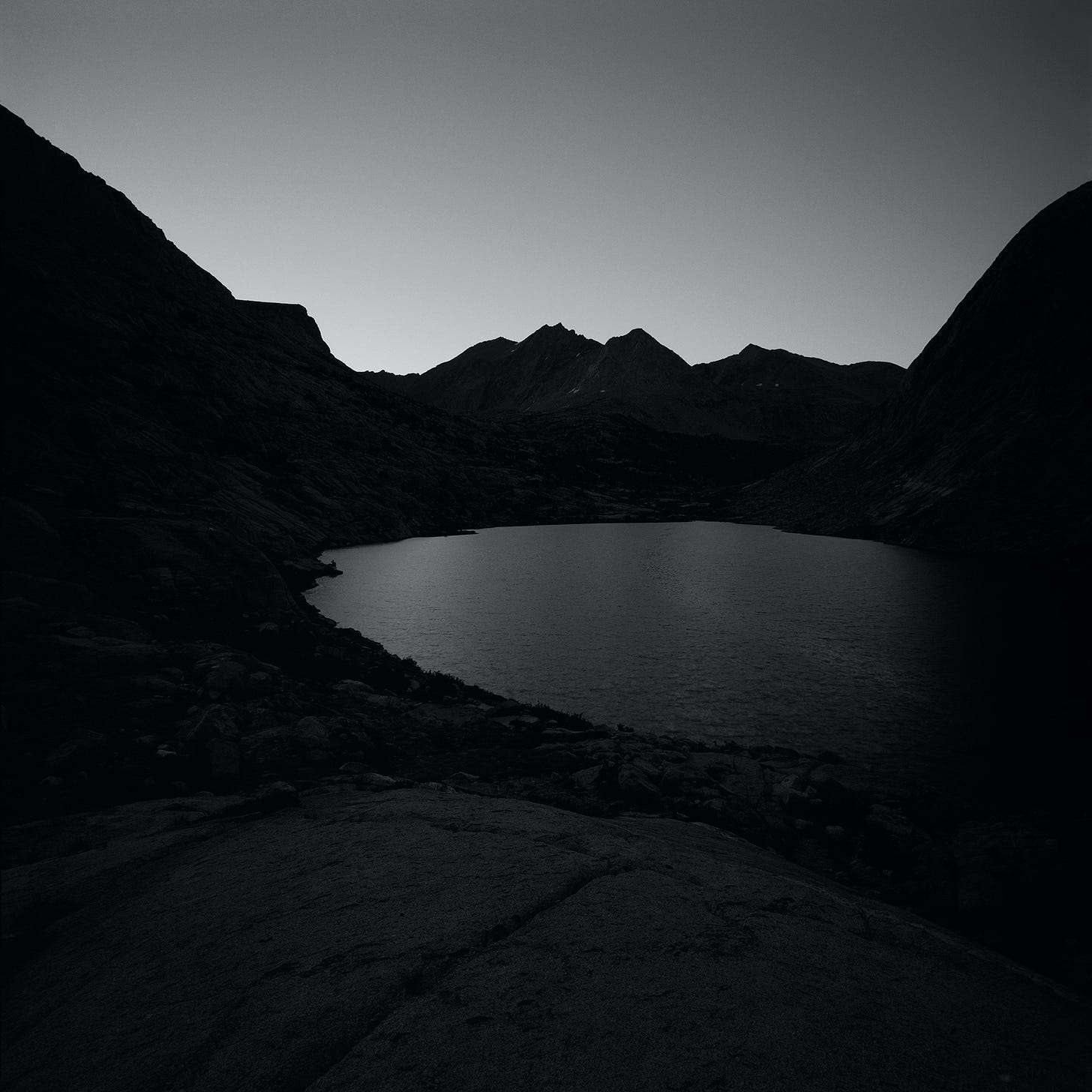
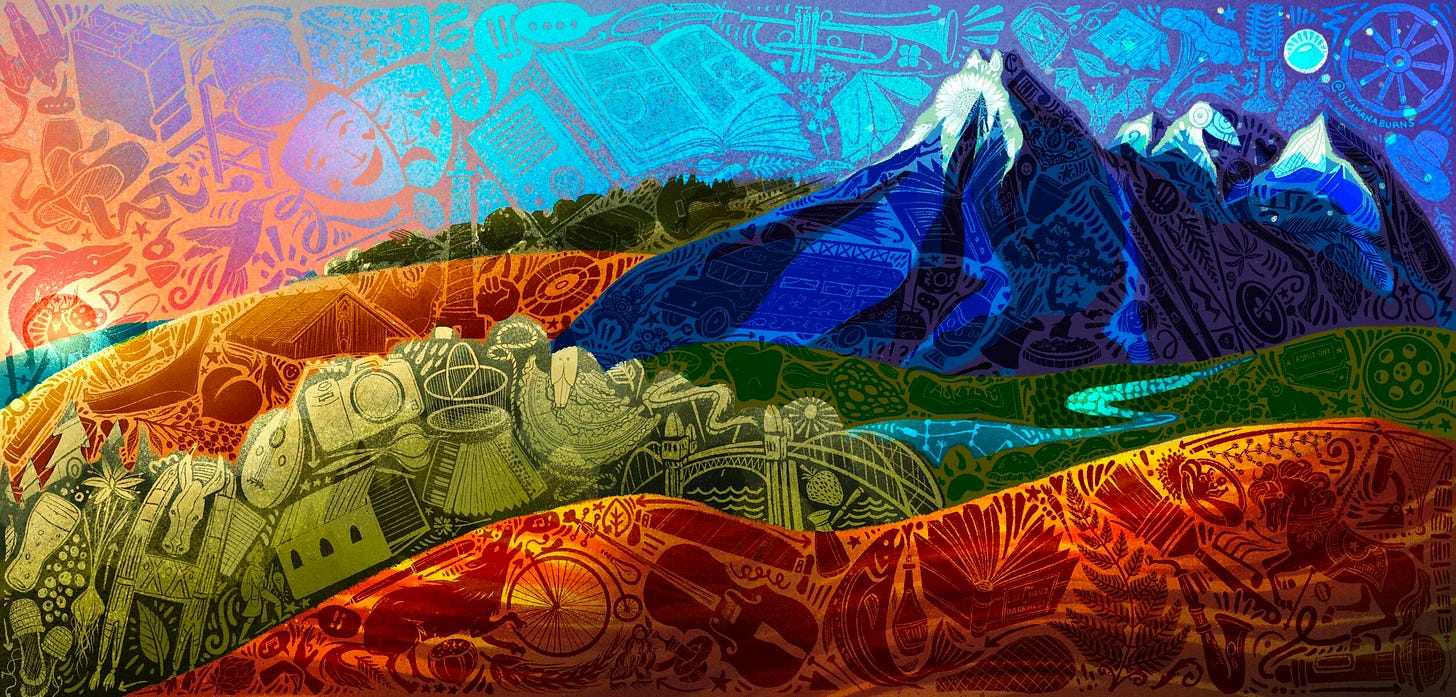
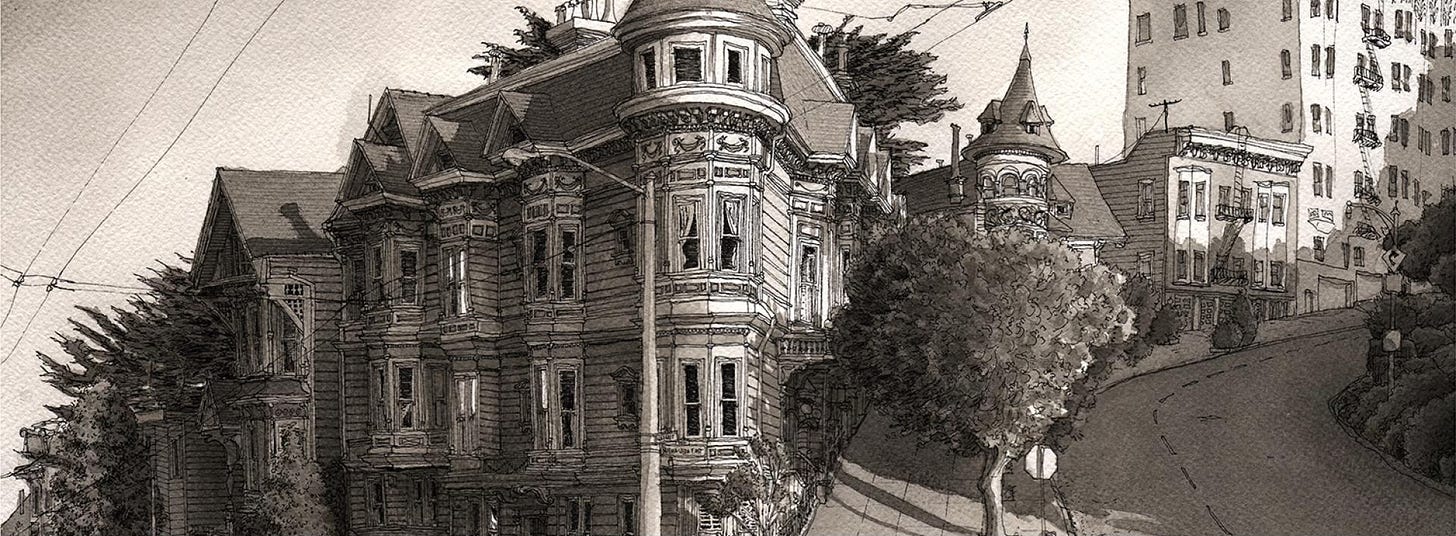

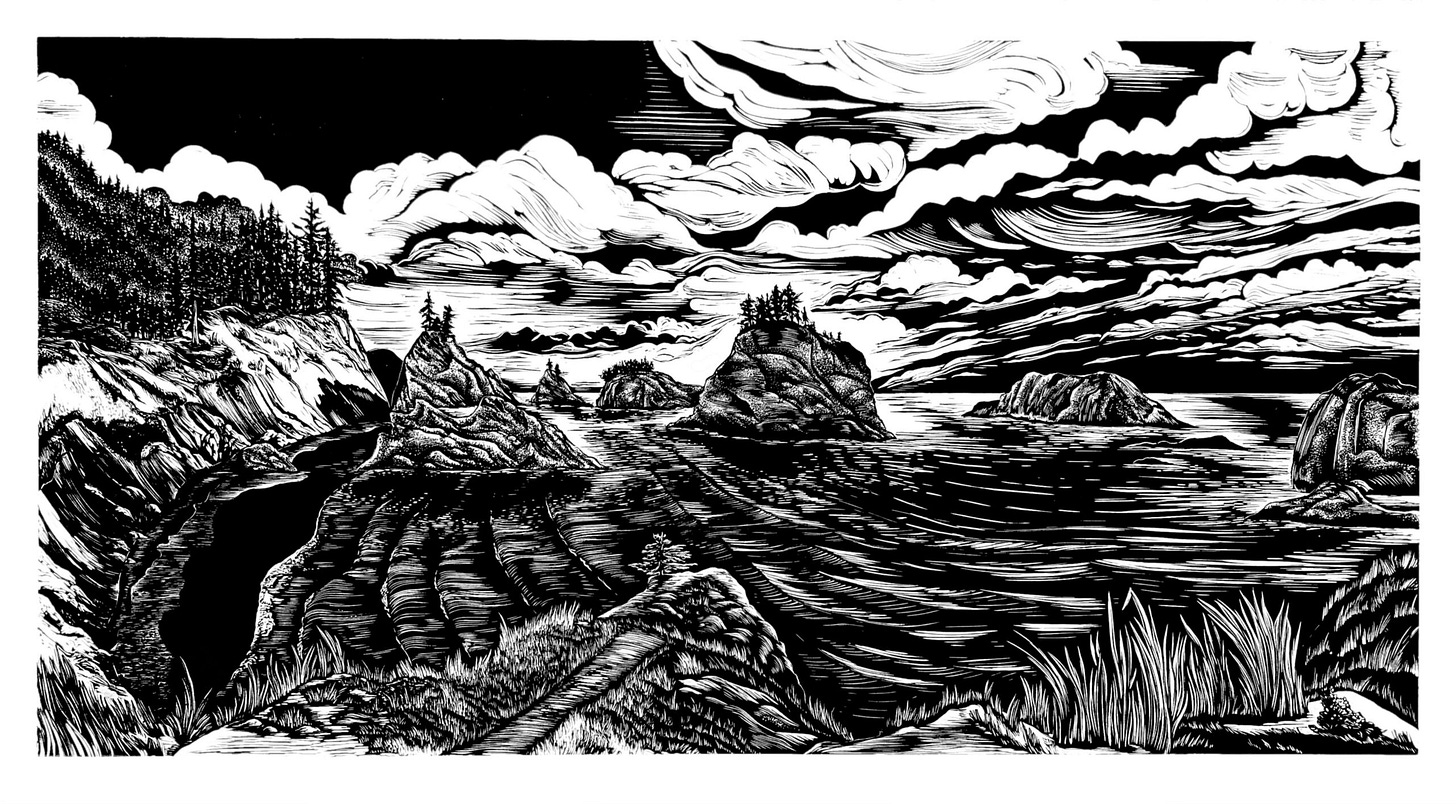
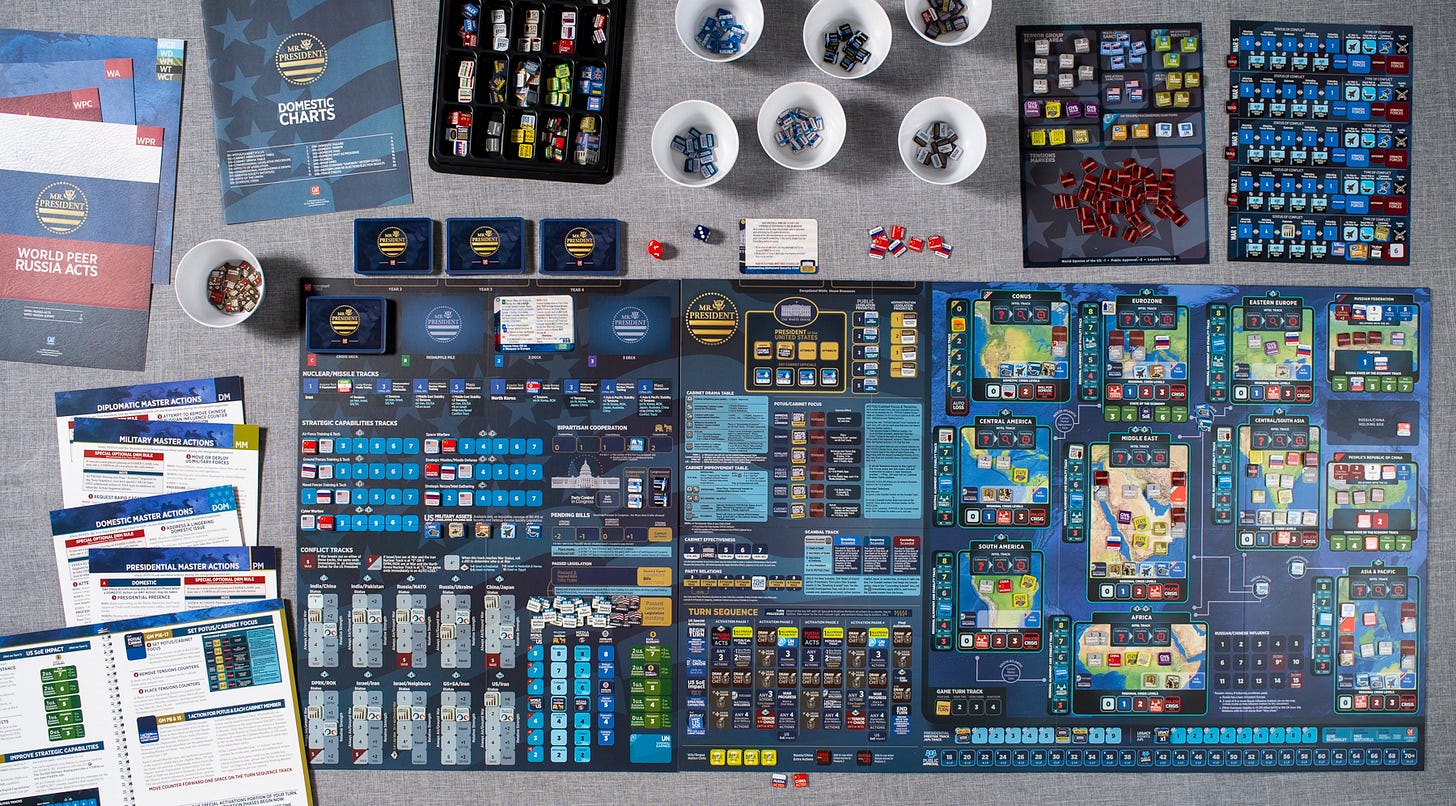
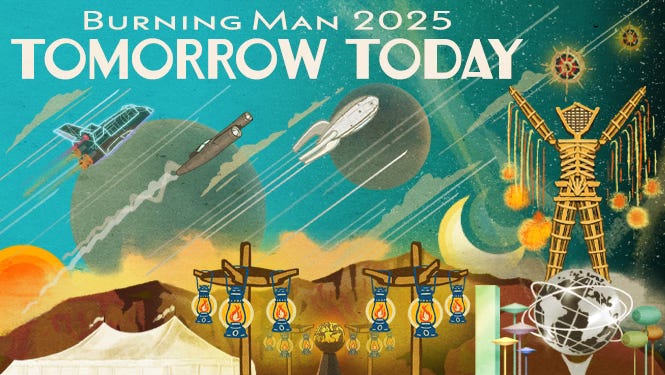
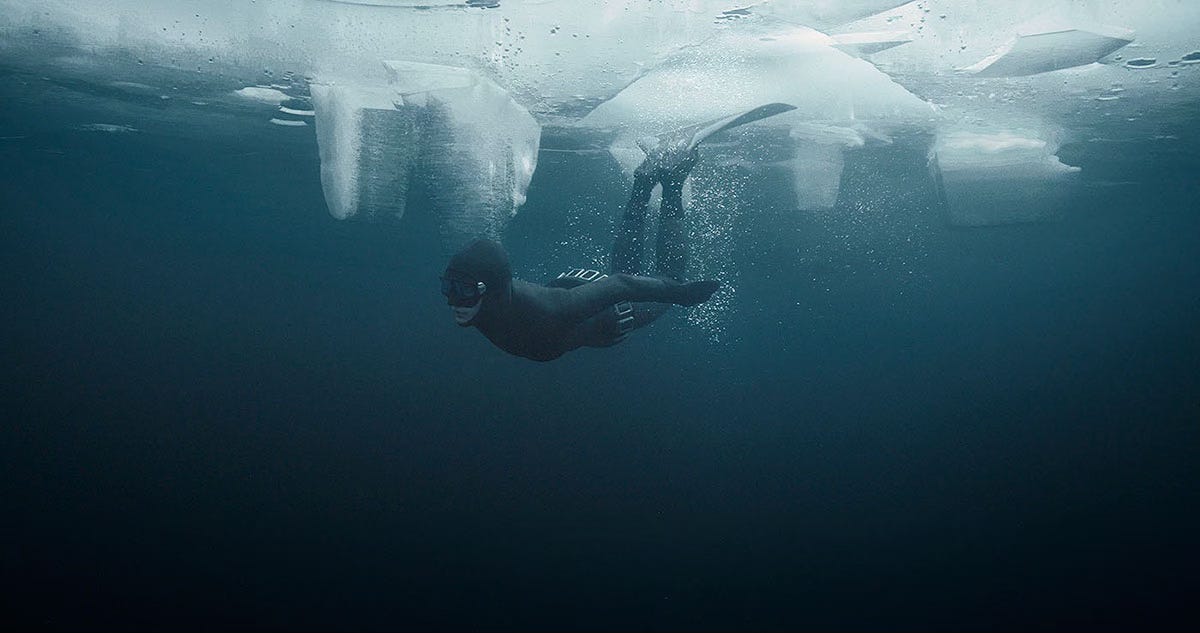
Powerful post. A lot of truths in there which are important to revisit from time to time.
Creative output is so very important for our minds, for the creator and the consumer.
I also believe that AI is largely a tool for the modern creator but what happens to our minds when we consume art that has been processed by a non-human intelligence? When we are influenced not by humans but AI?
We live in times that should fuel us to experience and communicate these experiences. As you suggested to your friend…